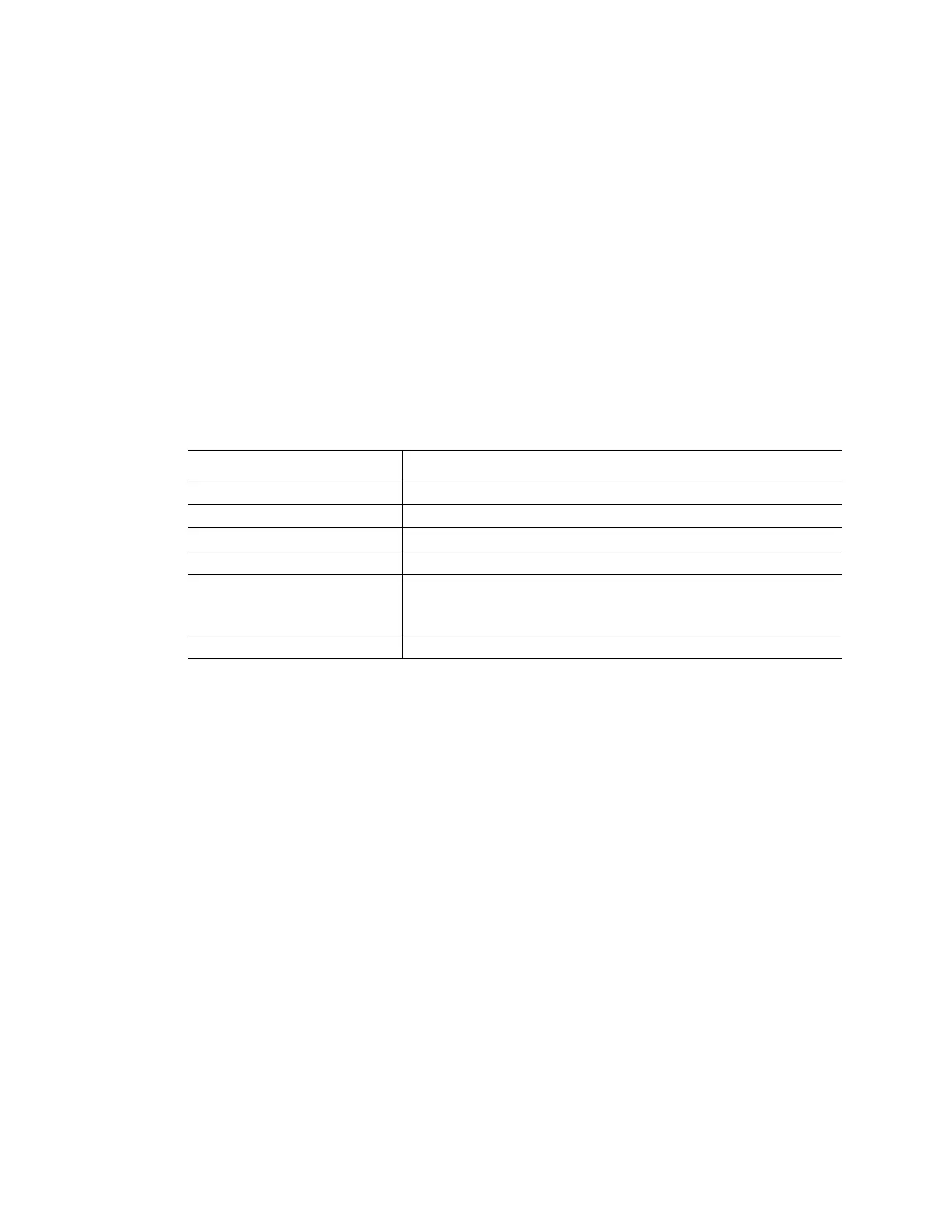CFX96 and CFX384 Systems Manual
93
Adjusting the End Point Data Analysis
Adjust the information shown in the End Point tab by following these methods:
•Choose a Fluorophore from the pull-down list to view the data
•Choose an End Cycle to Average value to set the number of cycles that the
software uses to calculate the average end point RFU
•Select RFUs to view the data in relative fluorescence units
•Select Percentage of Range to view the data as a percentage of the RFU range
• Select wells in the well selector to focus on subsets of the data
• Select a well group (page 73) to view and analyze a subset of the wells in the plate.
Select each well group by name in the Well Group pull-down menu in the toolbar
Data Description for End Point Analysis
Table 34 list the type of information shown in the spreadsheet in the End Point tab.
Allelic Discrimination Tab
The Allelic Discrimination tab assigns the genotypes to wells with unknown samples using the
RFU or C(t) of positive control samples. Use this data to identify samples with different
genotypes, including Allele 1, Allele 2, Heterozygote, Unknown, Control 1, or Control 2.
NOTE: The data for allelic discrimination must come from multiplex experiments
with at least two fluorophores. Each fluorophore identifies one allele in all samples.
Allelic discrimination analysis requires the following minimal well contents:
• Two fluorophores in each well, except the wells that contain positive controls can
contain only one fluorophore
• One fluorophore that is common to all wells in the well group
• NTC (no template control) samples if you want to normalize the data
The software displays allelic discrimination data in these layouts:
• RFU or C(t) chart. View the data in a graph of RFU or C(t)) for Allele 1/Allele 2. Each
point in the graph represents data from a single fluorophore in one well
• Well spreadsheet. Shows a spreadsheet listing the allelic discrimination data collected
in each well of the plate
• Well selector. Select the wells with the end point data you want to show
Table 34. End Point spreadsheet contents
Information Description
Well Well position in the plate
Fluor Fluorophore detected
Content A combination of the Sample type and Replicate #
End RFU RFU at the end point cycle
Call Positive or Negative, where positive samples have an RFU
value greater than the average RFU of the negative controls
plus the Cut Off Value
Sample Sample Name loaded in the Plate Editor

